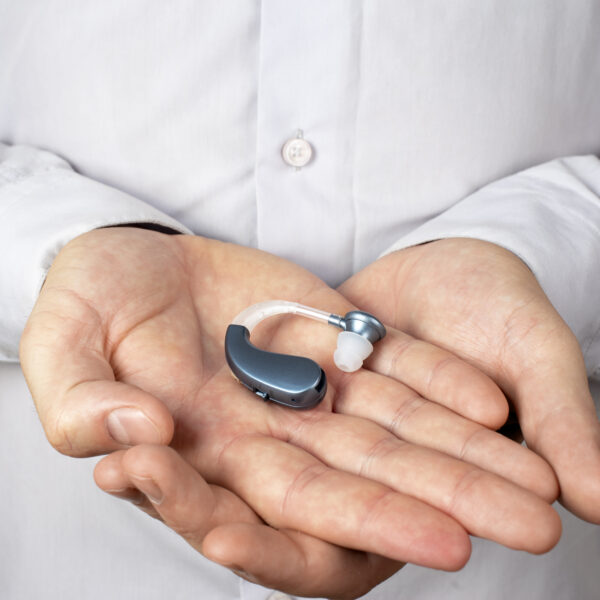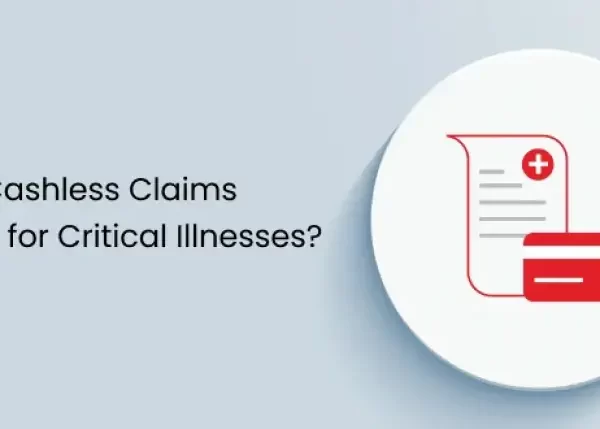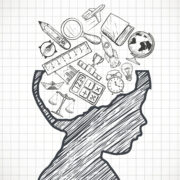
When not treated, social anxiety can cause a decline in the quality of life and job and relationship promotions (National Social Anxiety Center). Additionally, it is usually accompanied by other mental disorders such as depression, thereby increasing overall distress (ADAA).
Appropriate treatment, like online anxiety therapy and intervention may help improve social interaction, mental health, and overall quality of life. Solving this problem not only helps the specific client but also alleviates the generalized social and economic cost caused by untreated mental disorders.
Here are below mentioned 5 ways to deal with Social Anxiety:
1. Cognitive Behavioral Therapy (CBT)
How CBT Helps with Social Anxiety?
CBT is especially helpful in treating social anxiety because it targets the cognitive and behavioral processes, that help maintain the condition. Here it helps people to change distorted views and expectations about social situations, and state that they are wrong, e. g., fear of rejection or embarrassment.
Some of the methods that have been employed include cognitive restructuring which is a process through which an individual is trained to replace negative thoughts with positive ones. Use of cognitive behavioral methods such as exposure to social situations that the client fears are useful in overcoming avoidance behaviors. Since it involves both cognition and behavior, CBT assists people to manage anxiety, learn appropriate interpersonal skills, and behave as expected in various social settings.
2. Practicing Mindfulness
Mindfulness strategies involve developing attention to the present, without critical attitudes towards it. These practices assist a person in learning more about their cognitive, emotional, and physical experiences while fostering relaxation, and decreasing a patient’s level of anxiety. The common strategies used in the practice of mindfulness are deep breathing, relaxation of muscles, and meditation.
Deep Breathing Exercises
Deep breathing exercises are a foundational mindfulness practice that helps activate the body’s relaxation response. One common technique is diaphragmatic breathing, where individuals breathe deeply into their abdomen rather than their chest. The 4-7-8 method is another popular exercise, where one inhales for 4 seconds, holds the breath for 7 seconds, and exhales slowly for 8 seconds. These exercises reduce the heart rate and calm the nervous system, making them effective for managing acute anxiety symptoms.
Progressive Muscle Relaxation
Progressive muscle relaxation (PMR) entails a process of tightening and then releasing muscles in the body for equal periods of time. This technique enables a person to focus on the physical manifestations of anxiety and offers a way to release it. This practice is usually done starting from the feet up to the head for every muscle group.
Meditation
Meditation is the act of placing attention on one’s mind on a chosen subject, object, or activity with the goal of training attention and awareness, and achieving a state of mental clarity. Some of them include; guided meditation, body scan, and mindfulness breathing exercises. Meditation aids in the reduction of stressful thoughts by training the mind to focus on the present time only.
Also Read: Effective Mental Health Treatment for Bipolar Disorder
3. Exposure Therapy
Exposure therapy is one of the behavioral treatments that help minimize an individual’s fear and anxiety responses. The premise of this therapy is rooted in the assertion that anxiety can be abolished by repeatedly exposing the affected individual to stimuli that trigger fear. Exposure therapy is quite useful for social anxiety because, through it, people are taken through scenarios they avoid and, therefore, the decline in anxiety levels over time.
4. Building Social Skills
In its turn, active listening means the focus on the speaker and his/her message, its understanding, proper and intelligent reply, and even remembering the conversation. These comprise of; tilting head in agreement, eye to eye contact and vocal response. Thus, active listening contributes to improved communication and the enhancement of interpersonal relationships as the speaker can feel valued and understood (National Institute for Mental Health), National Social Anxiety Center).
5. Effective Communication
Communication skills and the ability to express ideas involves clear speaking and different gestures and responding to other people with understanding and respect. This means there is free communication of ideas and emotions without disrespecting the view of others. They include, but are not limited to; ensuring that one does not fold arms or cross legs, using simple language and asking questions whenever one is in doubt.
Assertiveness Training
This training demands individuals to express thoughts, feelings, and needs respectfully. The process includes maintaining eye contact, using ‘I’ statements and practice assertive body language. The benefit of assertiveness is that it improves self-esteem and establishes healthier boundaries.
Wrapping Up!
Realising the impact of social anxiety on daily life is the first step to deal with the same. As discussed, CBT is one of the most effective treatments. It also helps reframe negative thoughts and face their fears. Besides, incorporating mindfulness techniques such as deep breathing and progressive muscle relaxation also provide relief from anxiety symptoms.










